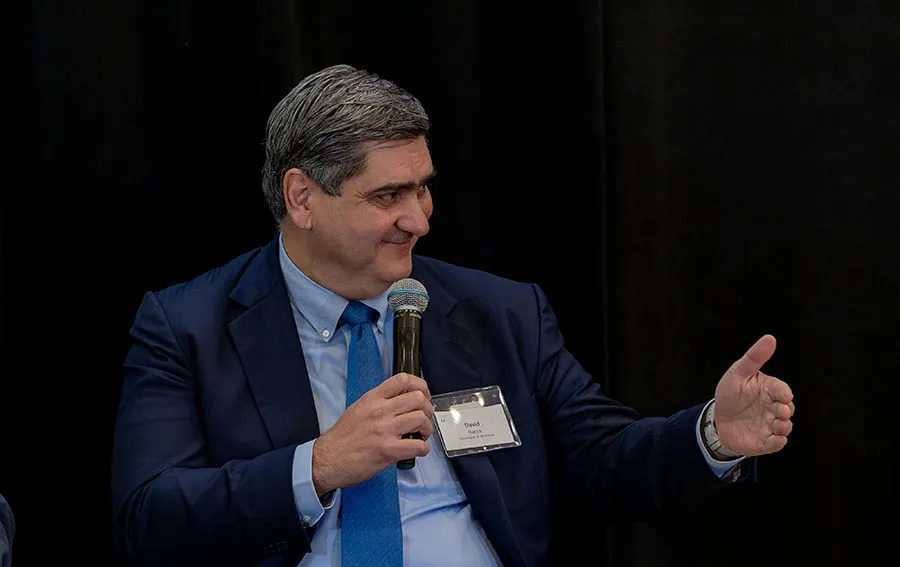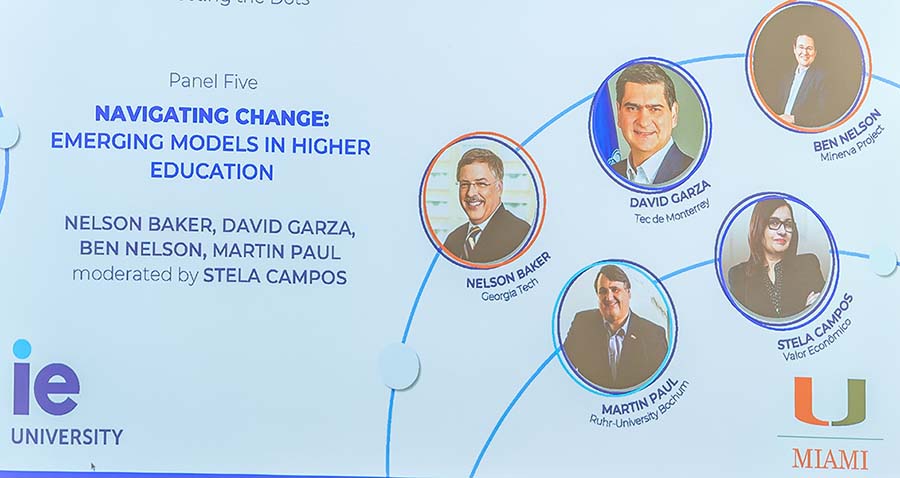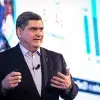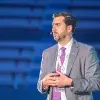Exploring pedagogies in order to provide new learning experiences is part of the role of universities, said David Garza, Rector and Executive President of Tec de Monterrey, at a global forum.
Garza spoke on the panel “Navigating Change: Emerging Models in Higher Education,” at the “Reinventing Higher Education” event organized by IE University and University of Miami.
He pointed out that universities are evolving towards becoming multiversities, meaning institutions where education is not limited to teaching in a classroom.
“We’re an institution that’s going to be multimodal. So, it’s not face-to-face: it’s hybrid, it’s online, it’s in the metaverse, it’s going to be multi-stage.
“You don’t just attend, but rather you come for four years of immersion. It will be multi-experiential,” he highlighted.

Garza pointed out the need for educational institutions to reinvent themselves.
“We’re living through the change of an era and, usually, when you change eras, you don’t realize it. So, speaking of reinventing ourselves, we need to do that not only in terms of technology but also pedagogy.
“There are ecosystems that surround students and that is also important. We have to examine what happens within the classroom or within the online experience or within the metaverse, or wherever this learning experience is taking place,” Garza explained.
Participating on the panel in addition to the Tec executive were Nelson Baker, professor at the Georgia Institute of Technology; Ben Nelson, founder of the Minerva Project; Martin Paul, Rector of Ruhr-University Bochum, Germany; and Felipe Portocarrero, Rector of the University of the Pacific in Peru.

Sharing features of the Tec’s educational model
Moderator Stela Campos invited Garza to share information about the Tec21 Educational Model, in which the focus is on challenge-based learning experiences, flexibility, and constant guidance for students throughout their degrees.
“We began using the Tec21 educational model in 2019. It took us almost eight years to develop it.
“In 2013, we started by asking ourselves: when students graduate, will they be using technologies that haven’t been invented? Will they work in jobs that don’t currently exist? Will they try to solve problems that we haven’t yet identified?”
Garza explained that, as a result of these questions, they visited more than 40 universities, reviewing how they could improve education.
“Now, our curriculum is challenge-based. 50% of the curriculum contains traditional courses, but the other 50% are challenge-based experiences. These experiences are designed by a faculty member.
“A problem is identified within each experience and students analyze what they can do to solve it. This means you can have multidisciplinary students working on the same challenge,” he remarked.
He added that the Tec21 Model is flexible, so students don’t need to choose a major at the beginning of the degree, but rather they can explore different fields.
“Speaking of reinventing ourselves, we need to do that not only in terms of technology but also pedagogy.” - David Garza
“You choose one of 4 areas, which we call gateways, and then you have some electives which allow you to figure out what you really like and then you begin to specialize.
“So, for example, if you’re a chemical or computer engineer, you might say that you want to go into cybersecurity or that you want to diversify with a concentration in finance. This is a very quick overview of the Model,” he said.
He explained that creating the Tec21 Model was both a challenge and a long process because the objective was to create a unique model that no one else was using.
“We have to deal with resistance to change,” Garza concluded.
YOU’LL DEFINITELY ALSO WANT TO READ:





